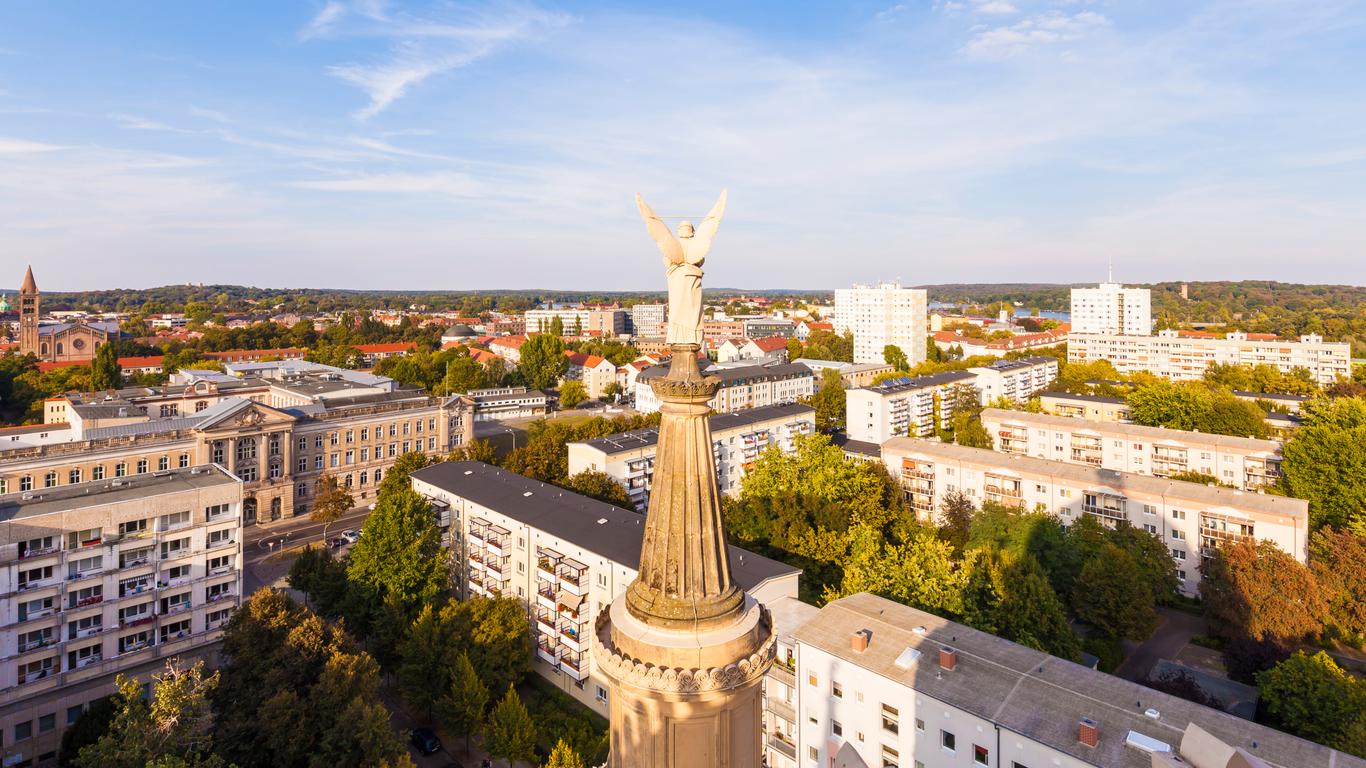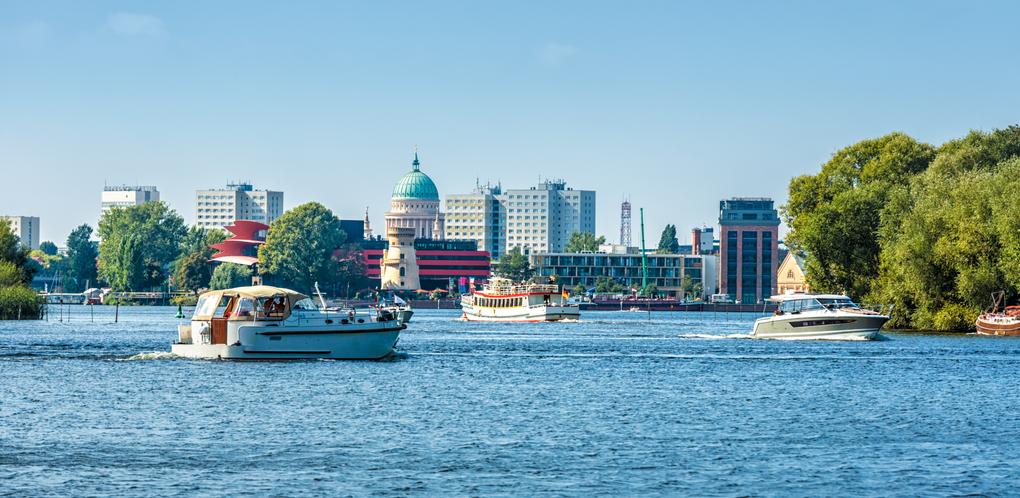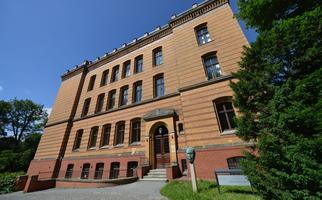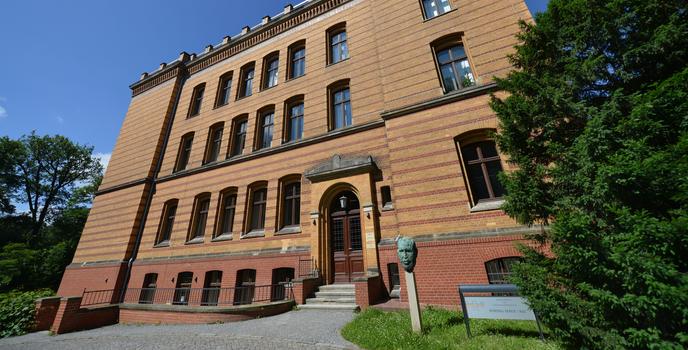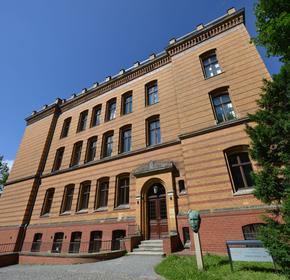1. Sanssouci Palace: Prussian Perfection
The greatest creation of 18th-century Prussian ruler Frederick the Great, Sanssouci is one of the most beautiful palaces in the world. "Sanssouci" itself means "without cares", reflecting Frederick's desire for a retreat where he could think, write, and compose music. For modern visitors, the Rococo exterior, ornate chambers, stunning gardens, and sense of playfulness that Frederick ordered have the same effect: transporting you to another world - a world of leisure, luxury and contentment. Packed with paintings and curiosities (including rooms where the philosopher Voltaire once slept), Sanssouci is a seductive, unmissable sight.
2. Nauener Tor: Gateway to Architectural and Gastronomic Delights
Back in the city center, Nauener Tor was one of 18th-century Potsdam's main entrances. Built at about the same time as Sanssouci in the 1750s, the gateway has a completely different look, taking its cue from English Gothic, not Rococo decoration. You can climb the towers and admire the architecture, but the surrounding area is just as attractive. Once the city's Dutch Quarter, the neighborhood is full of enticing restaurants, hosts a twice-weekly produce market, and has a totally unique architectural feel thanks to the rows of Dutch houses built to attract craftsmen from the Low Countries.
3. Babelsberg Palace: A Feast for Garden Lovers
Just northeast of Potsdam by the Glienicker Lake, you'll come across Babelsberg - the summer home of Kaiser Wilhelm I (who ruled Germany after independence in 1871). The palace is a beautiful English Gothic creation, with crenellated towers and Tudor-style windows, but it's the gardens that stand out. Full of gorgeous mosaics, landscaped lakes and flower beds, the grounds are crowned by the Flatowturm - a tower that soars 46 meters above the park, providing unrivaled views of the palace and the lake beyond.
4. Einstein House: See Where Relativity's Discoverer had his Summer Retreat
Potsdam hasn't just been the home of emperors and kings. It was also the home of scientists - most notably Albert Einstein, who - among many other things - discovered relativity. Einstein actually made his summer home in Caputh, a few miles south of the city, and you can visit his modest log cabin-style home to find out how the great man lived between 1929 and 1932. When you do, you'll find the rooms kept in pristine condition, with informative exhibits about his work, and the circumstances that caused him to leave as the Nazis came to power.
5. Neues Palais: Frederick the Great's Statement to the World
Only around 800 meters west of Sanssouci, the Neues Palais is also a must-see attraction when you're in western Potsdam. Built in the 1750s, this UNESCO World Heritage site is far grander and larger than its cousin on the other side of the park. Constructed to celebrate Prussian military prowess, it was Frederick's attempt to wow visiting dignitaries with his taste and wealth (although he preferred to live at Sanssouci). Prepare for a feast of golden decorations, fine art, and magnificent furnishings - and don't miss the theater, which still hosts regular performances.
